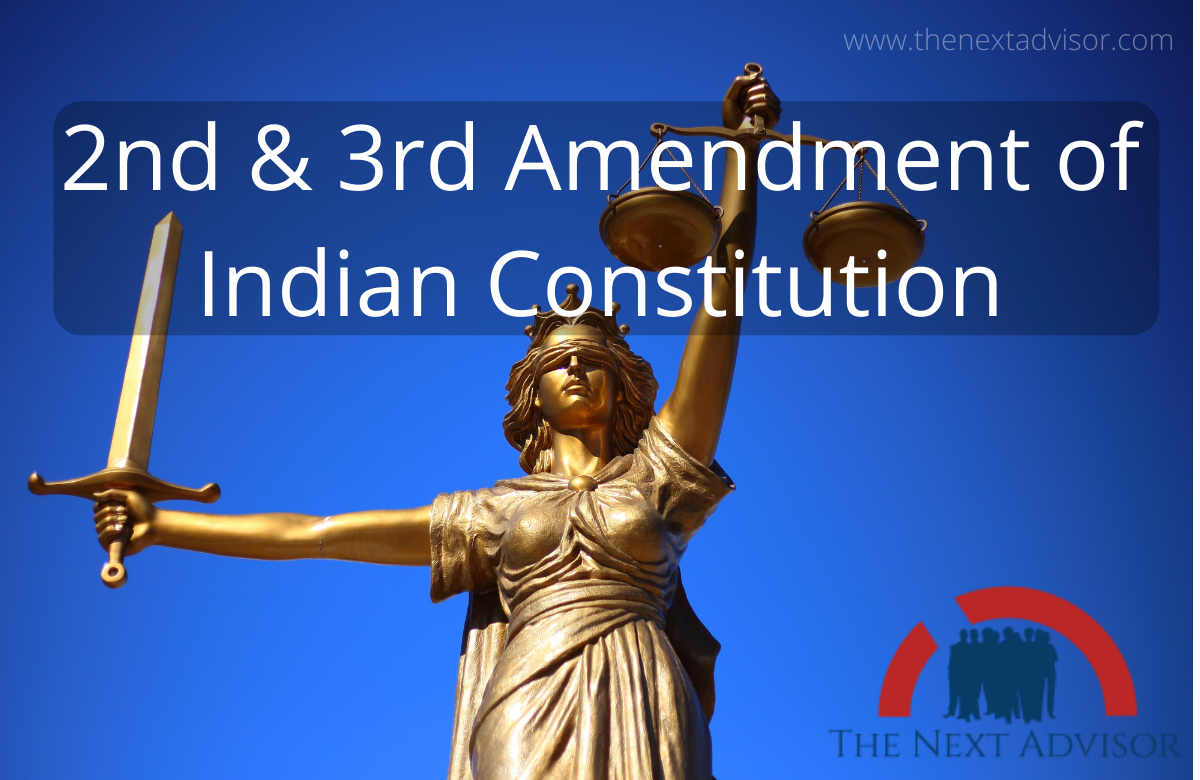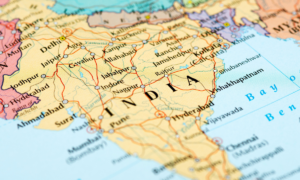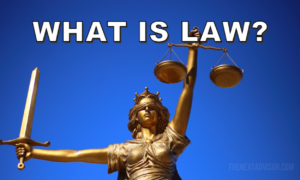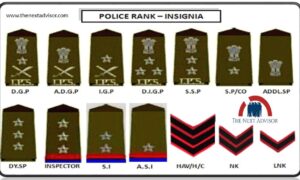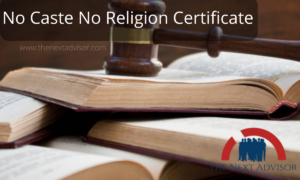Today I will explain to you the very important topic, i.e. 2nd and 3rd Amendments of the Indian constitution. to understand the 2nd and 3rd amendments let us see what happened in 1954 due to which the government started to regulate some trade commerce rules. For this purpose, we have to see the Constitution (SECOND AMENDMENT ) Act, 1952. We can see that in 1950 the seats of Loksabha is 500 and with the changing of time government increases the seats and now the of loksabha came to 550. It is necessary to increase it because MP’s are the representatives of the general public and therefore limited members of loksabha are not able to do it. In the 1951 and 1952’s elections government noticed that the representation of people is not following well therefore government realized to increase the number of seats in loksabha. And for this purpose census data is necessary but in 1951 government don’t have the proper census data.
Today also when we see the seat calculation census we see the 1971’s concept and government freezed it till 2026. So for the solution of this problem government remove the clause in which limitation was given in the constitution that for how many numbers of population one MP is necessary to represent them in the Loksabha. And this is the main purpose of the 2nd and 3rd Amendments of the Indian Constitution. To understand this let us see first Article 81 of the Indian Constitution.
Central Government Act
Article 81 in The Constitution Of India 1949.
Article 81.Composition of the House of the People
( 1 ) Subject to the provisions of Article 331 the House of the People shall consist of
( a ) not more than five hundred and thirty members chosen by direct election from territorial constituencies in the States, and
( b ) not more than twenty members to represent the Union territories, chosen in such manner as Parliament may by law provide.
( 2 ) For the purposes of sub-clause ( a ) of clause ( 1 ) ( a ) there shall be allotted to each State a number of seats in the House of the People in such manner that the ratio between that number and the population of the State is, so far as practicable, the same for all States; and
( b ) each State shall be divided into territorial constituencies in such manner that the ratio between the population of each constituency and the number of seats allotted to it is, so far as practicable, the same throughout the State: Provided that the provisions of sub-clause ( a ) of this clause shall not be applicable for the purpose of allotment of seats in the House of the People to any State so long as the population of that State does not exceed six million
( 3 ) In this article, the expression population means the population as ascertained at the last preceding census of which the relevant figures have been published: Provided that the reference in this clause to the last preceding census of which the relevant figures have been published shall, until the relevant figures for the first census taken after the year 2000 have been published, be construed as a reference to the 1971 census.
Objective and Reason
• Article 81 ( 1 ) ( a ) prescribed an absolute limit of 500 elected members in the House of the People.
• Article 81 ( 1 ) ( b ) provides that the States shall be divided, grouped, or formed into territorial constituencies and the number of members to be allotted to each such constituency shall be so determined as to ensure that there shall be not less than one member for every 750,000 of the population and not more than one member for every 500,000 of the population.
•The then delimitation of Parliamentary and Assembly constituencies is based on the estimates of the population which have been given legal validity by an order of the President under article 387 of the Constitution.
• Article 81 ( 3 ) of the Constitution, however, requires that upon the completion of each census, the representation of the several territorial constituencies in the House of the People and the Legislative Assemblies of each State shall be readjusted by such authority, in such manner and with effect from such date as Parliament may by law determine.
• It is necessary, therefore, that article 81 ( 1 ) ( b ) should be amended relaxing the limits prescribed in that article so as to avoid a constitutional irregularity in delimiting the constituencies for the purpose of readjustment of representation in the House of the People as required under article 81 ( 3 ) of the Constitution.
• Hence amend article 81 ( 1 ) ( b ) of the Constitution so as to replace the figures mentioned in that article with figures 850,000 and 650,000 respectively.
.3rd Amendment Act ( it is related to farm rules and laws )
Article 19(1) (g) gives us the freedom of trade and commerce. And if the government going to regulate trade and commerce then people will say the government violating the rights of trade and commerce. Therefore by this amendment In the Seventh Schedule of the constitution, the new entry was committed. i.e. Entry 33 in the concurrent list.
•Amendment of the Seventh Schedule – In the Seventh Schedule to the Constitution, for entry 33 of List III, the following entry shall be substituted, namely:
•” 33. Trade and commerce in, and the production, supply, and distribution of,
( a ) the products of any industry where the control of such industry by the Union is declared by Parliament by law to be expedient in the public interest and imported goods of the same kind such products ;
By the 3rd Amendment Act government can regulate imported goods in the public interest
( a ) the products of any industry where the control of such industry by the Union is declared by Parliament by law to be expedient in the public interest, and imported goods of the same kind as such products ;
( b ) foodstuffs, including edible oilseeds and oils ;
( c ) cattle fodder, including oilcake and other concentrates ;
( d ) raw cotton whether ginned or unpinned and cotton seeds; and
(e) raw jute
This is all about the 2nd and 3rd Amendments of the Indian Constitution.

